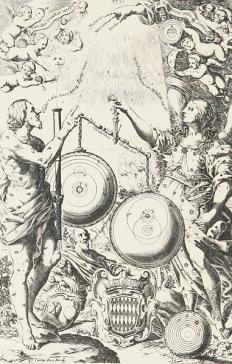“Science and literature” is not a new field of research. However, most current models of the transfer of knowledge from science to literature fail to acknowledge scientific theories’ justifiable claims to make true assertions about nature. My project takes an alternative approach to the relationship between science and literature, drawing on Michael Friedman’s neo-Kantian philosophy of science (Dynamics of Reason, 2001). Friedman combines Thomas S. Kuhn’s description of the history of science with Immanuel Kant’s epistemology and turns Kuhnian paradigms into epistemological-ontological frameworks of scientific theories. In this model, the philosophical implications of scientific theories clearly also influence the worldview of society at large: if paradigm shifts are interpreted as changes to ontological frameworks, they are a matter of interest for philosophy and literature as well.
Particularly revealing are works that were written before a new paradigm was universally accepted and that ponder the consequences of paradigm changes beyond the scope of the scientific theory in question. A prime example from the Copernican Revolution (up to Galileo’s contributions) is Giordano Bruno’s La cena de le ceneri (1584), which defends heliocentrism when it was still extremely controversial and introduces the hypothesis of many inhabited worlds, the most striking philosophical consequence drawn from Copernicus’s theory. In general, writers with Neoplatonic leanings or special appreciation of the significance of experience for science were more likely to accept heliocentrism. Copernicus’s reception in Italy and England is already well explored, but my project will be the first to address such literary reflections in German-speaking countries.

